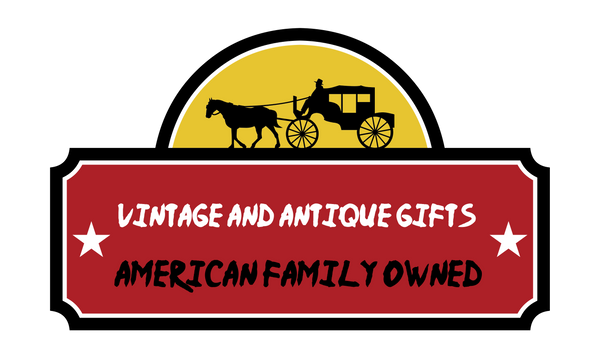The Modern Circus Enchants Audiences Worldwide
Welcome to the fascinating world of the modern circus! From its ancient roots to the captivating performances that mesmerize audiences worldwide, the circus has a rich history filled with innovation and wonder.
Exploring the Origins
Travel back in time to ancient civilizations where entertainment took various forms. The Romans delighted in acrobatic displays and chariot races, setting the stage for the showmanship seen in today's circuses. In China, the "zaju" traveling shows wowed crowds with music, dance, juggling, and acrobatics, laying the foundation for the diverse skills showcased in modern circus acts.
The Evolution of the Circus
Fast forward to the Italian Renaissance, where the circus began to take shape thanks to pioneers like Philip Astley, who brought trick horse riding and acrobatics to the forefront. In the 18th and 19th centuries, iconic figures like Jules Léotard and Charles Blondin pushed boundaries with their daring acts, inspiring awe in audiences around the globe.
The American Influence
Across the Atlantic, legends like P.T. Barnum shaped the circus industry in the United States, presenting extraordinary spectacles that captured the imagination. From oddities and curiosities to the iconic elephant Jumbo, Barnum's circus created a sense of grandeur and excitement that resonated with American audiences.
Modern Circus Acts
As we enter the 21st century, the circus continues to captivate audiences with human skill and artistry. With a focus on theater, dance, and music, modern circus performances create breathtaking experiences that leave viewers in awe. Embracing innovation while honoring tradition, the circus remains a timeless spectacle that enchants spectators of all ages.
Experience the Magic
Step into the magical world of the modern circus and become part of its never-ending story. Appreciate the centuries of history and evolution that have shaped this beloved form of entertainment.
